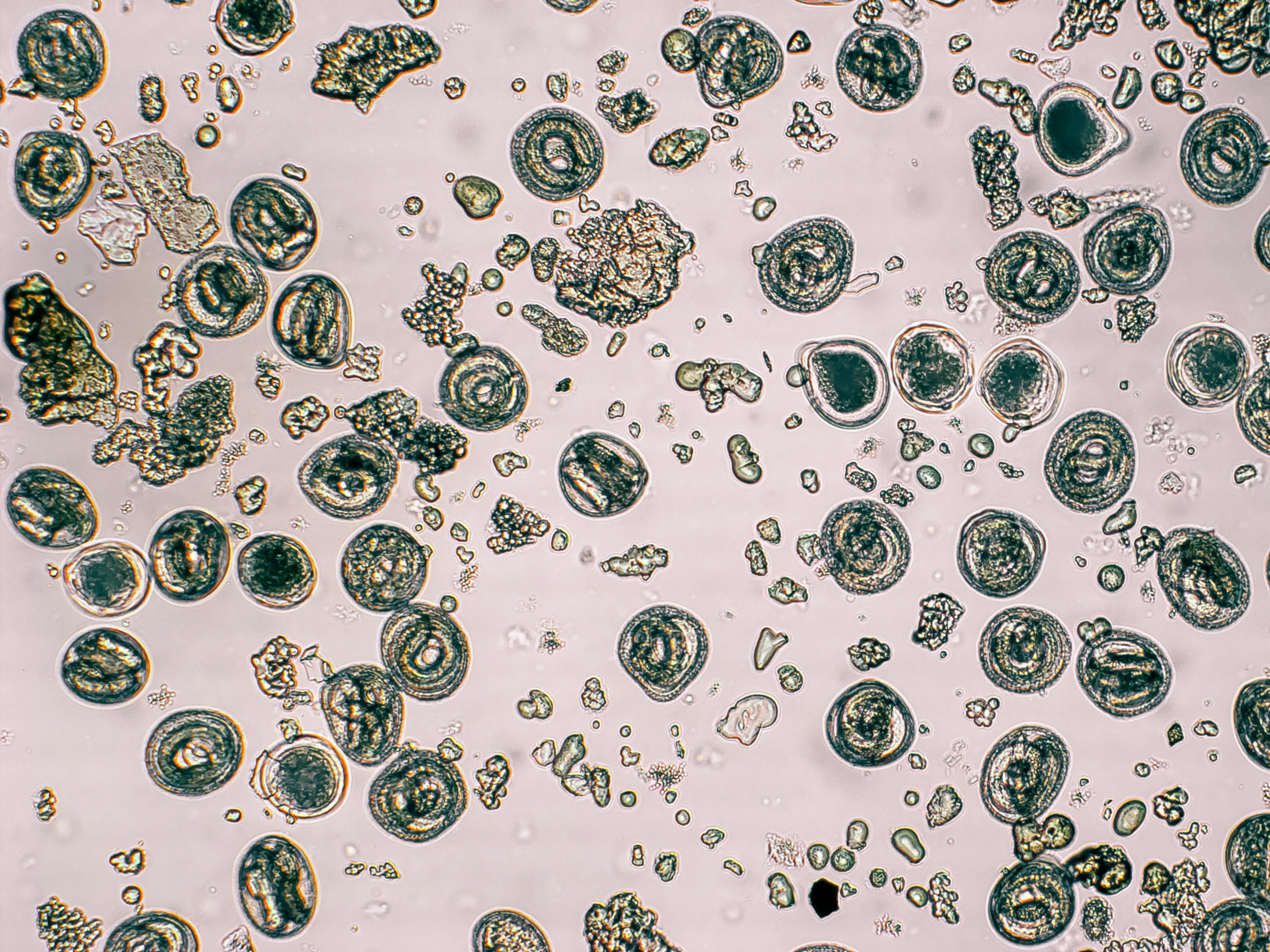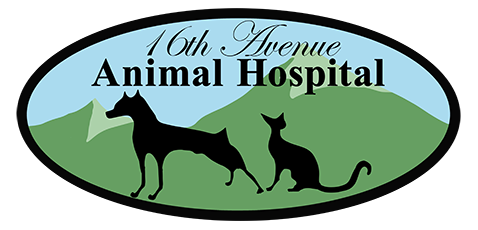
Roundworm is a very common parasite in dogs. Many dogs will be positive for roundworm at some point in their lives; often during the puppy stage.
There are two main but different species of roundworm, one which can be transmitted (zoonotic) to humans . These two species are Toxocara canis (zoonotic species) and Toxascaris leonine.
Adult roundworms live in the intestinal tract of your dog where they feed on the partially digested food. Due to this, these worms can cause malnourishment which can raise quite concern in puppies as their immune systems aren’t fully developed yet meaning it’s harder for them to fight off the adult worms vs an adult dog.
How do dogs get roundworms?
Puppies being born with roundworms is a very common thing as the larvae are transmitted through the mom just before birth or when nursing.
Here’s how this can happen:
The canine roundworm has unfortunately evolved a very efficient way to advance itself. If a dog has ever had roundworms, a number of dormant (“encysted”) larvae can remain in body tissues, even if the dog was treated and the adult worms eradicated. These encysted larvae can remain dormant for the rest of the dog’s life—unless the dog is a female and becomes pregnant, at which time the larvae reactivate and are then passed to her puppies. Larvae that have been reactivated during her pregnancy can remain in her body causing her to be sick.
Roundworm can also be transmitted through the environment by accidentally ingesting eggs that can be present in soil that has roundworm eggs in it which were passed by an infected dogs stool. Roundworm eggs are also carried by small animals such as rodents, birds, some insects and even earthworms. The egg in these species never matures because they aren’t the roundworms normal host. However, if a dog eats one of these infected animals, bugs or worms, the egg can grow into an adult roundworm once inside the dog.
Some symptoms include:
- Malnourishment
- Potbellied
- Coughing
- Vomiting/Diarrhea
- worms can be present in both
If you notice something in your dog’s stool that has a spaghetti like appearance, take a picture and/or the worm itself to your veterinarian for the appropriate testing and treatment.
